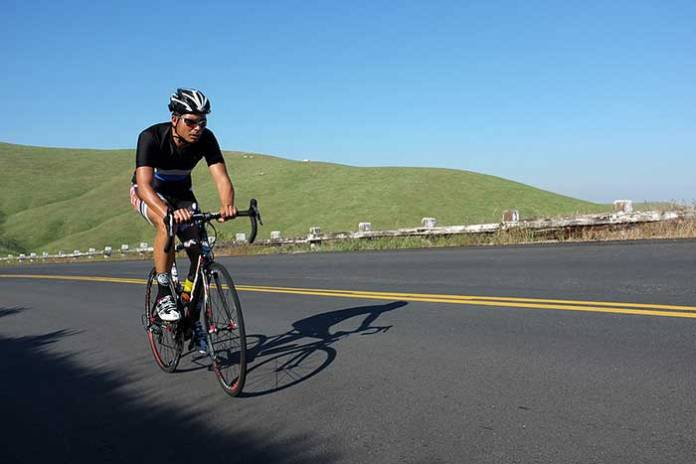
Several riders look for ways that could improve their uphill cycling and let them ride faster. If you are among those riders, this guide has got you covered! You will find the top six techniques that will lead you to efficient and better uphill cycling.
For cycling uphill, you should strive to up your fitness game and build the strength that will enable you to push hard enough to increase your speed. To build your upper body muscles, you can perform workouts on exercise bikes that simulate outdoor cycling, helping you build a stronger body. For a wide range of quality exercise bikes, you should check out: https://www.northernfitness.ca/collections/bikes.
With the right strategies and techniques, you can master cycling uphill and have an enjoyable experience. Let’s have a closer look at the six techniques below to help you improve and climb with much ease.
1. Maintain Your Cadence
As you start, make sure to get into a smaller gear to maintain your RPM and speed. Stay in the saddle to keep your heart rate lower and stabilize your power. Monitor your heart rate, but know that it will rise as you ride uphill.
Further, avoid shifting gears as the gradient steepens. Doing so will reduce your speed considerably. A high cadence on steep hills will make your climb inefficient. On a steep climb, your cadence may range between 65-75 rpm.
However, if you shift gears frequently, it may fall to 30-50 rpm. Powering up your way up a steep climb may exhaust you and make you go much slower in the long run.
2. Stay In The Saddle
Make sure to stay in the saddle, especially on longer climbs. It keeps your heart rate lower and requires you to exert less energy. The beginners should be trained to climb while seated and avoid standing up on the pedals as the hill steepens.
However, there might be times that require you to stand up from your seat. It is good for acceleration or riding on steeper sections.
Sometimes, your back muscles may also need a stretch, so standing up on your pedals may give you some break from the seated position. But, doing it often may tire your muscles and reduce your power.
3. Pacing
Pacing is one of the most crucial aspects of climbing uphill. Right pacing will lead you to successful climbing on flatter gradients and long climbs. Make sure to go at your pace and not push yourself harder to match other riders’ speed.
It is significant to have an idea about the hills you will be climbing. This way, you could manage your cadence during climbing hills. The toughest hills are the ones that are steep and long.
If you are already aware of the hill’s length, you could restrain yourself at the bottom. It will lead you to have more energy for steepers climbs.
4. Fueling
When you are on long climbs, it is essential to fuel yourself before you begin. Riding without eating anything or drinking less during your ride may affect your progress and exhaust you faster. Fueling will act as an energy booster for your muscles and mind.
Try fueling up when on downhills and flats and grab a bite of a bar or banana while climbing. The fuel you take in is absorbed when you pace through the long climbs and push yourself harder.
5. Gears Use
Many riders make a common mistake of climbing a hill using the wrong gear or not having enough gears. If you predict steep hills before, it will prepare you to shift into a lower gear.
Changing gears when climbing a steeper road is difficult than on a flatter gradient. So, when you see the road turning, lower your gear to avoid losing your momentum. Try to maintain your cadence since frequent changing of gears reduces your speed for a while that could hamper your progress.
Further, standing on your pedals may be better to give you extra power on a short steep road. It would require you to have a fewer number of gear changes for steeper climbs.
The Bottom Line
Hopefully, these five tips will help you improve your climbing capability. Climbing steeper hills successfully hugely depends on an individual’s fitness level and strength. You should be fit enough to handle steep hills as it requires a strong upper body and back.
Make sure you perform core strength exercises to build your back and upper body muscles stronger for cycling uphill. So, get on with uphill climbing with simple techniques and a fitter body.











